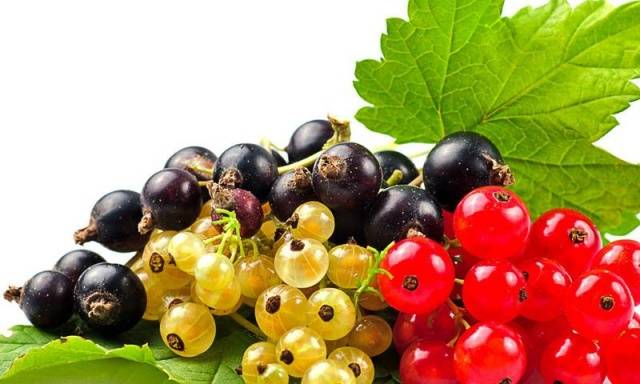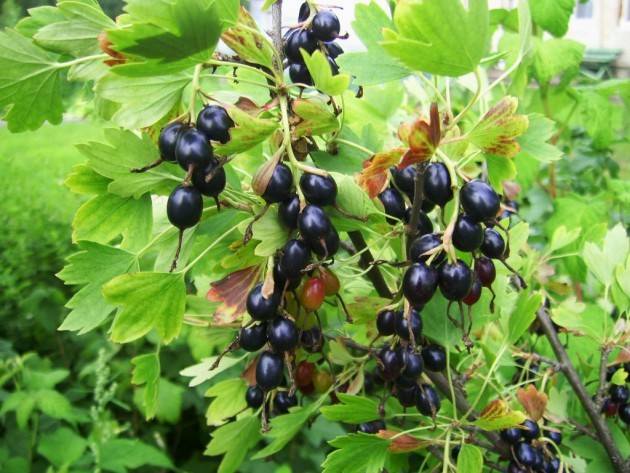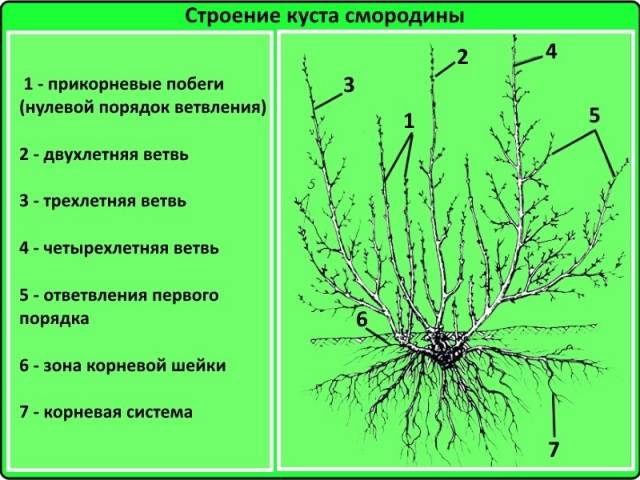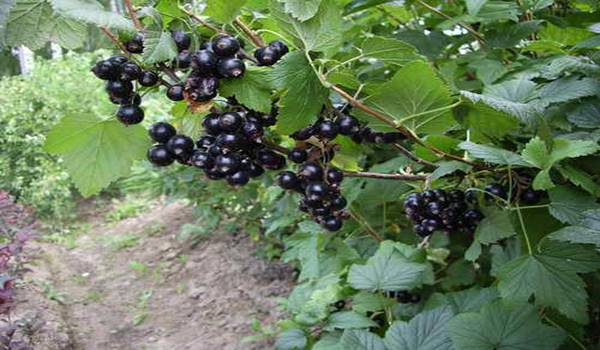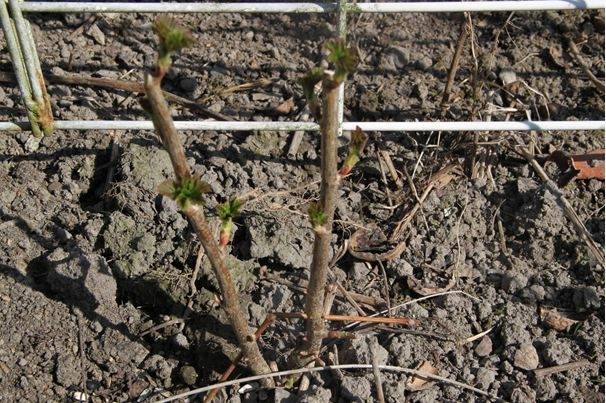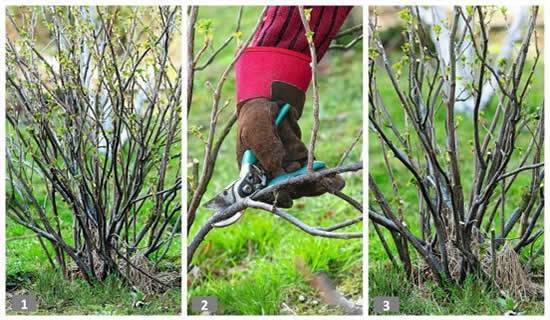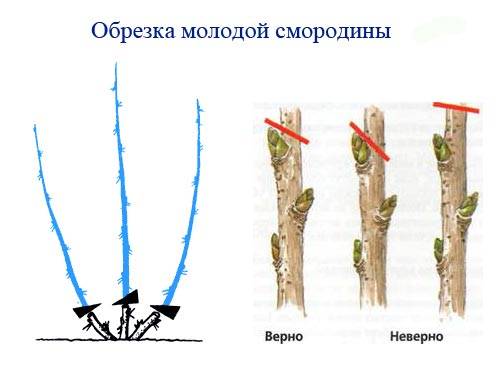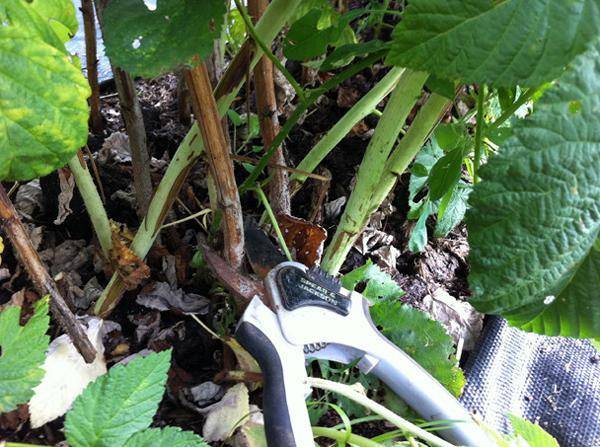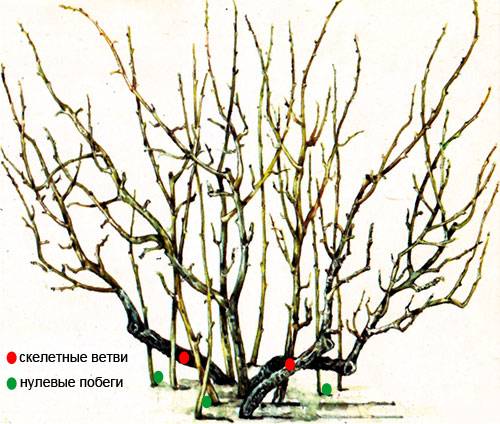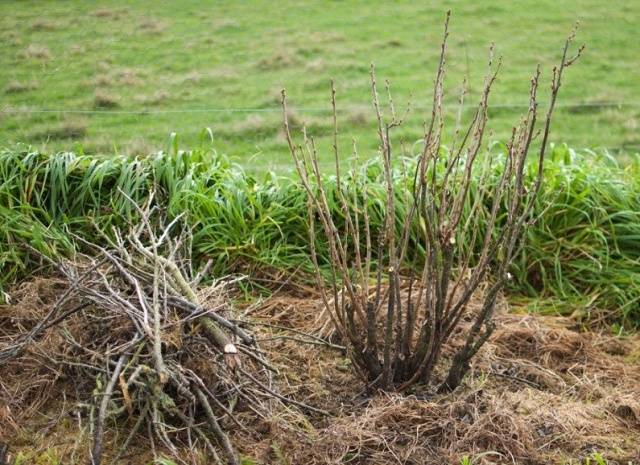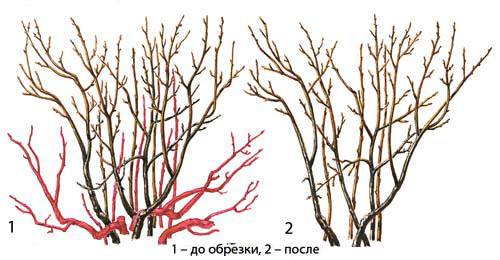Amateur gardeners pay much attention to currants. As berry bushes, we grow black, red or white varieties, and golden is often used as an ornamental plant to create hedges. It is interesting that in Kazakhstan and the USA it is bred to produce berries on an industrial scale. Black currants are the most fragrant, and red and white, differing only in the color of the fruit, better withstand cold winters and are less likely to get sick.
Berries contain many vitamins and trace elements, they are used to prepare delicious juices, preserves, jams, compotes, marmalade. Black currant contains essential oils, its fruits, leaves, twigs of the first year of life are considered curative in our country (red also has a whole list of medicinal properties). But in order to get a good harvest, you need to properly care for the berry. One of the most important aspects of the content is currant pruning in the fall. For beginner gardening enthusiasts, here are some simple guidelines.
Currant bushes
For proper pruning of currants, you need to have an idea of the structure of its bush. It is very important to understand which twigs bear fruit best, so as not to remove them with the arrival of autumn and not to lose the harvest.
Novice gardeners can clearly see the difference between the fruits of black and red currants, they can easily distinguish one plant from another due to the bright aroma of the leaves or its absence. But why currants should be cut in different ways, they do not always understand. Watch a video that answers this and many other questions:
Black or red currant is a shrub up to one and a half meters high, depending on the variety, with a spreading, compact or compressed crown. In some cases, the plant reaches 2.5 m, but such sizes create difficulties in harvesting, therefore, selection follows the path of creating less vigorous cultivars.
Black currant
In one place the black currant bush grows well and bears fruit for 15-20 years, and with good care - all 30. It consists of a large number of uneven-aged branches. The most powerful are skeletal, they grow from buds located on an underground stem, and are called zero-order shoots.
At the base of the bush there are dormant eyes, which do not germinate in the first years after planting the currants. Above, there are buds that form lateral, mainly vegetative shoots of the second and third order. It is on them that short branches of ringlet-fruit grow, giving a crop for 2-3 years, and then dying off. Most of them are located at the top or outside of the bush.
On five-year-old shoots, there are no berries or there are very few of them, and the currants that have set up become smaller. Crop processes are displaced to the periphery, growing either from basal buds or from dormant ones located at the base of old skeletal branches.
Red currant
Red and black currants belong to different species, but the same genus, in turn, belongs to the Gooseberry family. They have a lot in common, but the differences are mainly in the aroma of berries and leaves, as well as the lifespan of the branches.The difference between red and white currants is only in the color of the fruit. They require the same care, growing conditions.
Red currant forms a less spreading bush than black, it is more winter-hardy, less often sick. In general, this plant is not capricious, it is easy to care for it even for novice gardeners. Red currant pods are collected together in several pieces and evenly distributed throughout the bush. They are more durable than black varieties, each bears fruit for 4-5 years, and on fertile soils and with good care - up to 8. Skeletal branches can grow for 6-8 seasons, only then they need to be removed.
Currant pruning
The formation of a currant bush must begin from the moment of planting and continue throughout life. Constant care, rationing of the required number of fruiting branches and replacement shoots is the most important measure for plant care. Pruning black currants in the fall allows you to get a good harvest of high quality berries. This applies equally to red or white varieties.
Young currant pruning
Usually we bring a two-year-old rooted sapling or young currant bush to the site and plant it in a suitable place. If it was not pruned in a nursery or shopping center, shorten all branches, leaving 10-15 cm with 3-4 developed buds. This will help the plant to cope with the stress of the transplant and to root better.
Usually, in the first year of life on a new site, currants give only 2-3 normally developed basal shoots. We leave them to form skeletal branches, while the rest are cut off at ground level.
It happens that there is simply no strong growth in the first year, only a few thin twigs appeared from the ground, which slightly extended and stopped growing. What to do? The answer is simple - they need ruthless root pruning. Nothing worthwhile will grow out of these twigs anyway, but they will draw out the reserves of nutrients and strength from the currants. If the bush is viable, then next season it will give good shoots of zero order, but if not - replace it.
Annual fall pruning
Novice gardeners can easily cope with autumn pruning only if they are carried out annually. It is necessary to start forming a bush when the summer is over, the temperature has dropped, growth processes have slowed down, the foliage has fallen or dried out, but frosts have not yet come. Choose a fine autumn day, as pruning cannot be done in rainy weather.
Let's look at the process of pruning black currants in the form of a simple algorithm.
First year
Plant a two-year-old bush or rooted stalk, shortening it to 10-15 cm.
Second year
Several shoots of the zero order appear in the spring. In the fall, choose 4-5 strong ones among them, with good growth and leave to form a bush. The rest must be cut at ground level. Last year's branches, which have already begun to form into skeletal ones, do not need to be shortened if they are not damaged by diseases or pests.
Comment! Often in the first year there is nothing to choose from, it is good if you manage to leave 2-3 developed shoots of zero order. This is normal.
Third year
In the fall, you have a black currant with several branches of the first and second year of life, as well as already numerous shoots. Leave 4-5 strong zero shoots this year. They should be well located, that is, they should not be directed into the bush, but outward, not intersect, not interfere with each other's growth. The rest need to be pruned at the root.
Look closely at two- and three-year-old shoots. They have already acquired branches of the second, and possibly third order. Cut off all young growth that does not go outside, but inside the currant bush, therefore thickening and shading it. Even a novice gardener can do this. The cut should be done as close to the skeletal branch as possible, being careful not to damage it or leave a stump.
The tops of young shoots do not need to be shortened, unless they have matured well and are not affected by pests or diseases. To keep the currant healthy, monitor its development during the growing season, timely carry out preventive treatments with chemicals or folk remedies. For example, an aphid breeding ground can be easily identified by its curved tops.
Fourth year
It is no different from the third, only now there will be more work, it will be more difficult to perform it. If there are not one, but several bushes in the berry, by this time you will have already filled your hand a little.
Fifth year
In addition to the usual removal of excess growth and sanitary pruning, a new stage of caring for currant bushes will begin. The productivity of the branches of the fifth year has fallen, they need to be removed. This can be easily done with a ratchet pruner or a delimbing pruner.
In the future, a kind of circulation will take place - the old five-year-old branches are removed, every year they leave the strongest zero growth (replacement shoots). And so every year all 30 years of life of the currant bush. A properly formed adult plant consists of 15-20 branches of various ages.
Pruning old bushes
If you yourself and properly looked after the berry from the moment of planting, then taking care of old bushes will not cause problems. But in the case when the pruning was not carried out at all or was done somehow, it will be difficult to put them in order even for an experienced gardener.
Watch a video to help you complete this task, or read our article on rejuvenating old currant bushes:
What is the difference between pruning black and red currants
By and large, pruning of black and red currants is carried out according to the same principle. It is only necessary to take into account that it is undesirable to cut off the tops of the first one, since the main part of the berries is in the upper part of the bush. Elongated redcurrant shoots can be shortened however you like.
It's easier to look after her. The lifespan of skeletal branches in red currants is 6-8 years, fruits - 5, and with good care they are all 8. This means that they should be cut out at the root no earlier than in the seventh year. In addition, red or white varieties give fewer replacement shoots, branch less than black. Therefore, pruning their bushes is easier.
Conclusion
The main thing in currant pruning is self-confidence and a steady hand. Even if something goes wrong in the first year, the next season will delight you with new growth, and you will not repeat the same mistakes.
